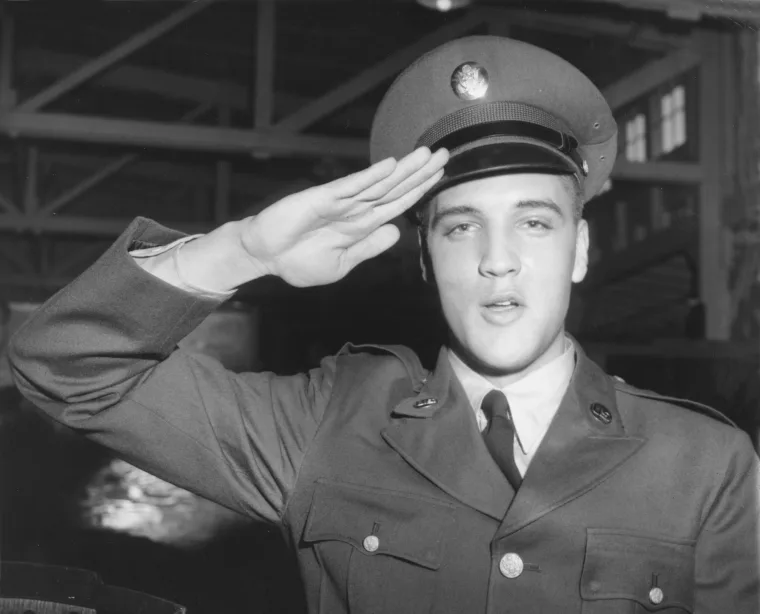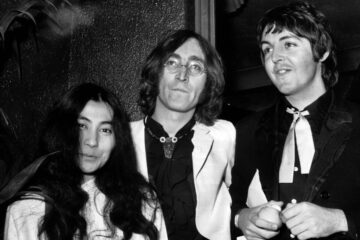Of the most famous popular musicians of the 1960s, Paul McCartney was certainly on the cutting edge of more experimental approaches. With The Beatles, McCartney helped pioneer techniques like backwards vocals, automatic double tracking, and direct inputting instruments. McCartney himself was especially keen on the possibilities that tape loops and samples opened up in music.
But like a lot of his peers, McCartney became more interested in sleek production and silly love songs in the 1970s. His desire to push the envelope wasn’t the main concern – a series of critical and commercial flops set McCartney off toward more mainstream pastures with Wings. McCartney was comfortable admitting that his more boundary-pushing edges had gotten sanded off in the 1970s.
“I’ve always thought it was an interesting approach to go for something unconventional regarding drums and rhythm tracks,” McCartney told Guitar World in 2005. “In the ’60s, when the Beatles were quite experimental, we’d say to Ringo, ‘Aw, man, didn’t you use that snare drum on the last track? Let’s not use it. Let’s get out a packing case, or hit the back of a chair or something.’ But then things got sort of boring – a bit more straightforward – in the middle of the ’70s.”
“People would get a proper drum kit, and play traditional drums throughout a song, and you just had to be clever with the musical arrangements,” McCartney added. When it came time to record Chaos and Creation in the Backyard, McCartney was pushed by producer Nigel Godrich to push the envelope once again.
“I told Nigel, ‘We’d also do things like playing tambourine on a chorus, stopping it for the verse in favour of handclaps or something, and then bringing in the tambourine again on the next chorus.’ That way, you got the feeling of light and shade, and we did a lot of that on this record,” McCartney said.
“The more you listen to it, the more you’ll hear how things have been placed very carefully, yet they achieve the effect that we haven’t even thought about them. We tried to make it seem effortless,” McCartney added. “There are quite a few nice little layers on the record – colours that Nigel thought would fit sonically within a song without calling attention to themselves. As a result, I think the album sounds very earthy.“



